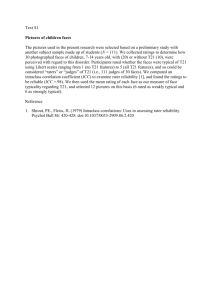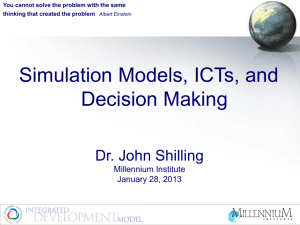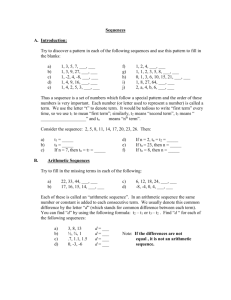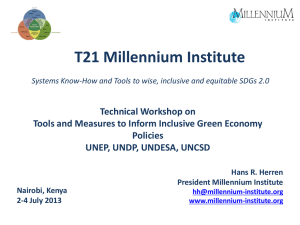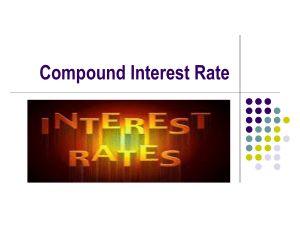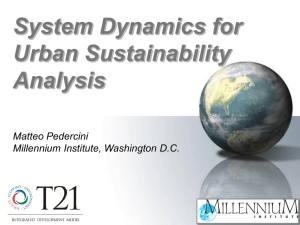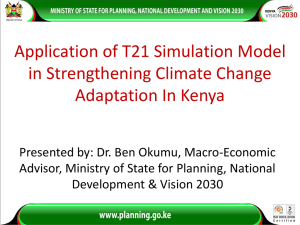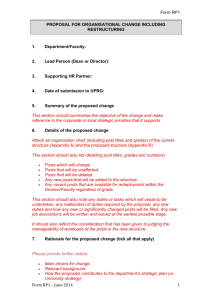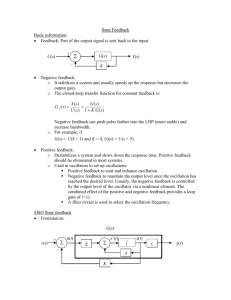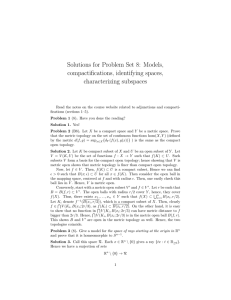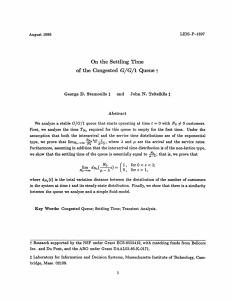Presentation
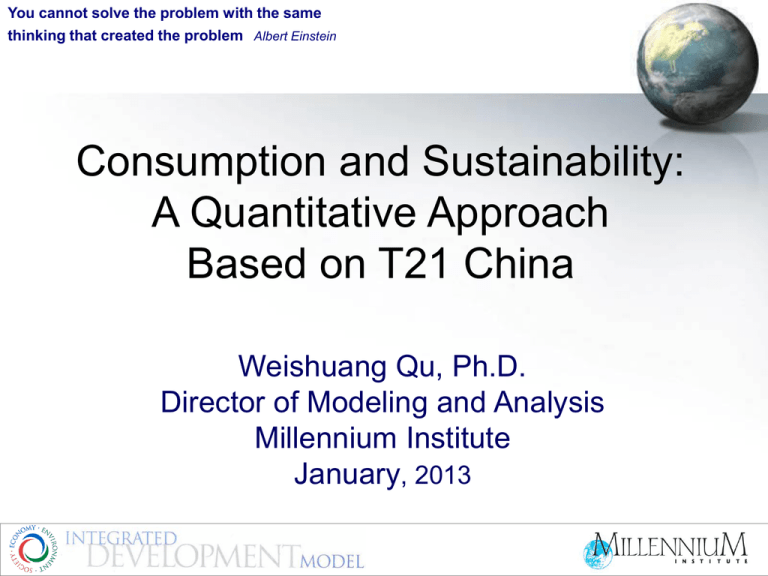
You cannot solve the problem with the same thinking that created the problem
Albert Einstein
Consumption and Sustainability: A Quantitative Approach Based on T21 China Weishuang Qu, Ph.D.
Director of Modeling and Analysis Millennium Institute January , 2013
Growth during 1990 – 2008 • Population: 16% • Real GDP: 438% (9.8% pa) • GHG emissions: 2.5 B Ton to 7.2 B Ton • Export and consumption driven
Consumption growth 1990 – 2008 • Vehicles: 5 M to 50 M (2012: 109 M) • Per capita living space: 13.7 M 2 29.5 M 2 to • Soybean import: 0 to over 30 M Tons (2012: 57 M) • Oil consumption: 120 MT to 400 MT • What do they mean?
Vehicle: • Average iron/steel: 2 tons • Infrastructure (Parking space and paved roads) • Fuel consumption
Living space, each square meter: • 300 - 400 kg of cement • 70 – 100 kg of steel • Heating, AC, lighting • Expansion of urban land
Soybean imports of 30 MT: • At yield of 2 tons per hectare (actual yield: 1.4 – 1.9) • 15 M Ha extra land needed • 12.5% of China’s crop land (and irrigation water) • (Domestic soybean production: 15 M Tons)
Oil consumption of 400 MT/Year: • 8 M Barrels/day • Half was imported • Fast growing • Domestic production: 200 MT/Year
Where will China be in 2030?
• Depends on policy, tech, awareness, others • Need a consistent, quantitative tool • T21 jointly developed by MI and ISTIC in 2009
Features of T21: • Integrated (economy, social, and environment) and long term • Interactive, transparent, easy to operate • Client owned and maintained • What if analysis with alternative scenarios • 20 years of R&D
Selected screens from T21 China: Overview
Selected screens from T21 China: Causal diagram to involve stakeholders
Selected screens from T21 China: Comparison with data to validate model
Selected screens from T21 China: Policy screen
Selected screens from T21 China: Policy change to gov expenditures
Scenarios: • Business As Usual (BAU) • High consumption-low technology • Low consumption-high technology
Policies/Assumptions for LowConsumpHighTech • Higher oil prices • Higher gas mileage • More renewable power generation • Faster technology advance in manufacturing and agriculture • Smaller living areas • Slower water demand growth
Scenario output: oil demand
Scenario summary for 2030
Low Consump High Consump
Unit Baseline High Tech Low Tech real GDP per capita real GDP unemployment rate total electricity demand total petroleum demand fossil fuel CO2 emission Agriculture Land total water demand RMB2000/Yr RMB2000/Yr % of workforce Bn KWH/Yr MT/Yr Ton/Yr Ha Ton/Yr 6.67E+13 46,829 6.12% 8,191 1,059 1.16E+10 1.15E+08 6.07E+11 5.64E+13 39,745 18.67% 7,124 791 8.87E+09 1.19E+08 4.61E+11 7.23E+13 47,580 0.00% 8,949 1,294 1.40E+10 1.08E+08 7.93E+11
Scenario analysis for LowConsumptionHighTech • GDP 15% lower, but still 300% of 2008 • Energy and fossil fuel emissions much improved (energy security) • Land (esp. crop land) and water much improved, indicating better food security • Unemployment could be a big issue for this scenario. Other policies needed, such as organic agriculture to absorb more rural labor
Summary • Consumption patterns affect sustainability • A quantitative tool to help policy analysis • Identify potential benefits and costs • Model and script download: www.millennium-institute.org
Thanks!
Questions and comments?
www.millennium-institute.org
wq@millennium-institute.org
